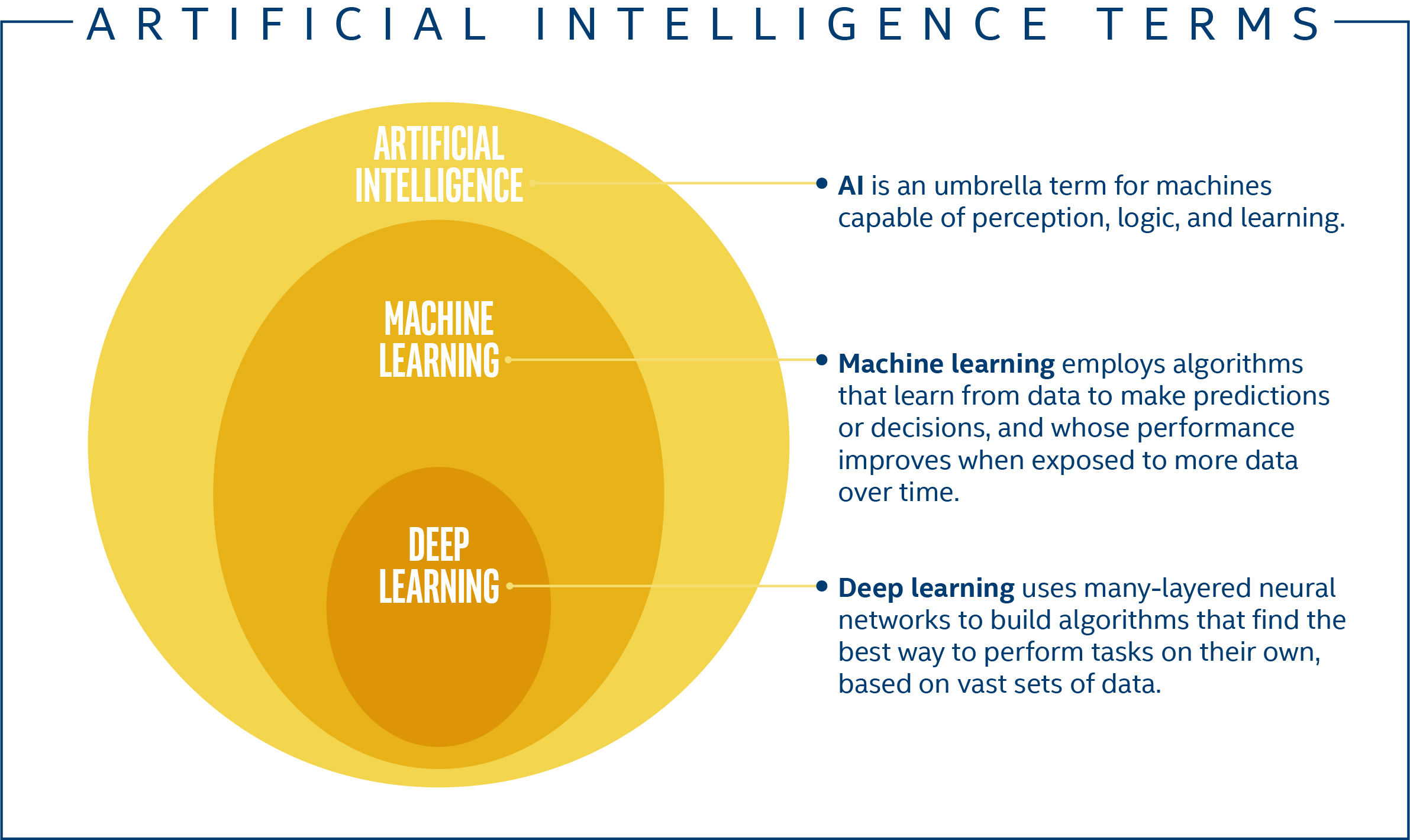
AI is an extremely powerful tool with many applications in environmental and social change. But, while it is certainly not perfect, it can be a powerful tool for NGOs, especially those that are struggling to meet their financial or staffing needs. To use AI to achieve social change, NGOs will need guidelines. These guidelines are listed below. These are four crucial points for non-governmental organizations:
Ethics
While AI for Social Good projects often emphasize the goal to empower people and solve societal problems, they are often without regard for human rights or the rights of those from disadvantaged backgrounds. Some definitions of AI for social good describe initiatives aimed at solving unsolved societal problems, while others refer to projects that benefit a particular group without consideration for the economic implications of those solutions. These AI projects can often be harmful to people from disadvantaged communities and raises important ethical questions about how they should be viewed.

Transparency
Transparency is essential for a variety of issues. It is possible for an AI system to cause confusion and even damage if its goals are unclear. For example, an AI system designed to remind users of their medication may seem intrusive. This could make it more vulnerable. These systems don't look like humans and are not intended to force people to do certain things. Moreover, patients have the right not to interact with AI systems.
Diversity
In addition to fostering a culture of inclusion and diversity, AI4SG projects should also include technical contributions from researchers. AI applications that work well will include all. Google's AI for Social Good Program aims at this. Click here to learn more about the program. The Oxford Initiative on AIxSDGs provides a curated list of AI projects that aim at meeting SDGs. It indexes more than 100 projects and is expected to support formal research in this field. Other efforts at a repository include the ITU AI Repository as well as the AI Commons knowledge centre. Each of these have 71 members who support 21 AI4SG programs. These meta-initiatives allow for the integration of knowledge from multiple AI4SG projects as well as connecting organisations.
Trustworthiness
Recent public policy discussions have focused heavily on concerns about AI's trustworthiness. The European Commission High-Level Expert Group on Artificial Intelligence(HLEGAI) published its Ethics Guidelines for Trustworthy Artificial Intelligence. This guideline has gained a lot traction both in research and practice. It also laid the groundwork for other similar policies. These guidelines are similar to the Principles of Socially Beneficial AI, published by the White House as well as the OECD.
Collaboration
In the last few decades, artificial intelligence (AI), has become a popular trend. The question now is how do you use it for good? AI for social benefit explores how AI can be used to solve society's problems. The course introduces the different AI techniques that can be applied to a variety of social issues. This course examines the ways that AI can be used to fight blight, improve police work, and train students and individuals.

Cost
The cost of AI for social good should be considered from the perspective of the SDGs. These goals are interrelated, and achieving them requires a collective effort. AI applications could be beneficial to one SDG and detrimental to another. Therefore, awareness of the interconnectedness of these goals should be an essential guiding principle in AI for social good. Applications of AI should maximize the net positive effect on the most SDGs while minimizing their negative impacts.
FAQ
Is Alexa an AI?
Yes. But not quite yet.
Amazon has developed Alexa, a cloud-based voice system. It allows users to communicate with their devices via voice.
The Echo smart speaker was the first to release Alexa's technology. However, since then, other companies have used similar technologies to create their own versions of Alexa.
These include Google Home, Apple Siri and Microsoft Cortana.
What is the status of the AI industry?
The AI market is growing at an unparalleled rate. It's estimated that by 2020 there will be over 50 billion devices connected to the internet. This will allow us all to access AI technology on our laptops, tablets, phones, and smartphones.
This means that businesses must adapt to the changing market in order stay competitive. If they don’t, they run the risk of losing customers and clients to companies who do.
It is up to you to decide what type of business model you would use in order take advantage of these potential opportunities. What if people uploaded their data to a platform and were able to connect with other users? Perhaps you could also offer services such a voice recognition or image recognition.
Whatever you decide to do, make sure that you think carefully about how you could position yourself against your competitors. Even though you might not win every time, you can still win big if all you do is play your cards well and keep innovating.
What is the most recent AI invention
Deep Learning is the latest AI invention. Deep learning is an artificial intelligence technique that uses neural networks (a type of machine learning) to perform tasks such as image recognition, speech recognition, language translation, and natural language processing. Google was the first to develop it.
Google is the most recent to apply deep learning in creating a computer program that could create its own code. This was done using a neural network called "Google Brain," which was trained on a massive amount of data from YouTube videos.
This allowed the system's ability to write programs by itself.
IBM announced in 2015 they had created a computer program that could create music. Another method of creating music is using neural networks. These are known as "neural networks for music" or NN-FM.
Statistics
- The company's AI team trained an image recognition model to 85 percent accuracy using billions of public Instagram photos tagged with hashtags. (builtin.com)
- According to the company's website, more than 800 financial firms use AlphaSense, including some Fortune 500 corporations. (builtin.com)
- Additionally, keeping in mind the current crisis, the AI is designed in a manner where it reduces the carbon footprint by 20-40%. (analyticsinsight.net)
- In the first half of 2017, the company discovered and banned 300,000 terrorist-linked accounts, 95 percent of which were found by non-human, artificially intelligent machines. (builtin.com)
- By using BrainBox AI, commercial buildings can reduce total energy costs by 25% and improves occupant comfort by 60%. (analyticsinsight.net)
External Links
How To
How to set Google Home up
Google Home, a digital assistant powered with artificial intelligence, is called Google Home. It uses natural language processors and advanced algorithms to answer all your questions. Google Assistant can do all of this: set reminders, search the web and create timers.
Google Home works seamlessly with Android phones or iPhones. It allows you to access your Google Account directly from your mobile device. Connecting an iPhone or iPad to Google Home over WiFi will allow you to take advantage features such as Apple Pay, Siri Shortcuts, third-party applications, and other Google Home features.
Google Home, like all Google products, comes with many useful features. Google Home will remember what you say and learn your routines. You don't have to tell it how to adjust the temperature or turn on the lights when you get up in the morning. Instead, you can say "Hey Google" to let it know what your needs are.
These steps are required to set-up Google Home.
-
Turn on Google Home.
-
Press and hold the Action button on top of your Google Home.
-
The Setup Wizard appears.
-
Select Continue
-
Enter your email address and password.
-
Register Now
-
Google Home is now available